Introduction
This laboratory prepares thin films by vacuum manufacturing and supports related research and teaching. In order to support its related courses such as thin film technology, magnetic materials, thin film technology analysis and nanomaterial technology, thin film technology is widely used, with electronic semiconductor functional components and optical coatings being the main applications.
| Item | Instrument | Function description | Picture |
| 1 | High temperature reactive radio frequency magnetron sputtering machine | Particles with kinetic energy are used to hit the target in a vacuum, and the material on the surface of the target (the material to be plated) is ejected and adheres to the substrate (the object to be plated) to form a thin film. Substrates can be heated up to 900 oC simultaneously. Mainly engaged in the growth of functional oxide epitaxial films. | 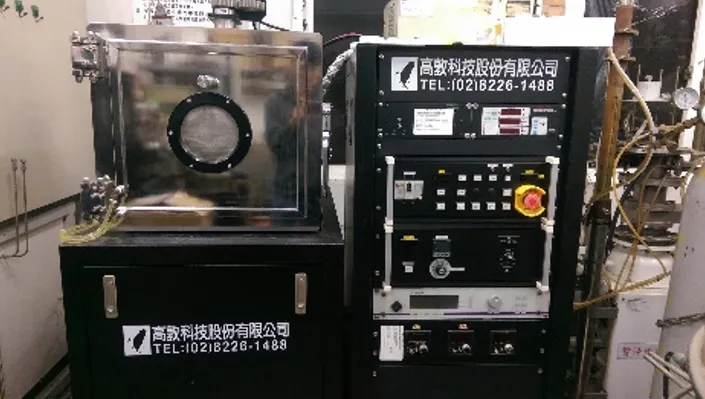 |
| 2 | RF magnetron sputtering machine (RF sputtering) |
Particles with kinetic energy are used to hit the target in a vacuum, and the material on the surface of the target (the material to be plated) is ejected and adheres to the substrate (the object to be plated) to form a thin film. Sputtering grows ZnO, In2O3, SnO2, Cu2O, NiO, CuAlO2, CuInO2, CuCrO2, CuYO2, SrCuO2 and other oxides, and Nitride film. | 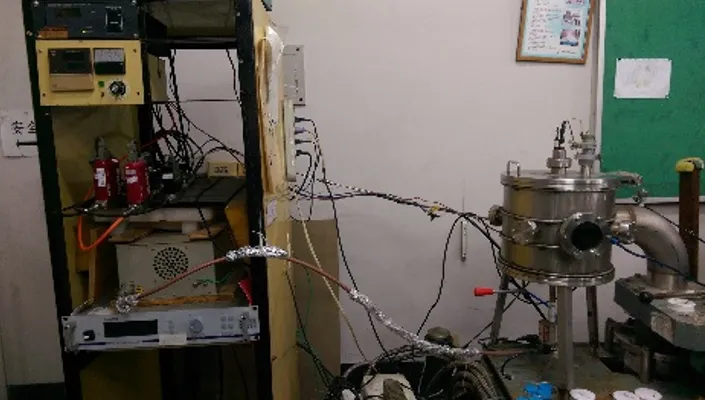 |
| 3 | DC magnetron sputtering machine (DC sputtering) |
A DC voltage is applied between the two poles, usually using the glow discharge effect of the gas, to produce a positive ion beam that strikes the target atoms. Sputter metal film or multi-layer film. Growth of FePt, CoPt, CoFeZrB, ZrAlNiCu and other metal films. | 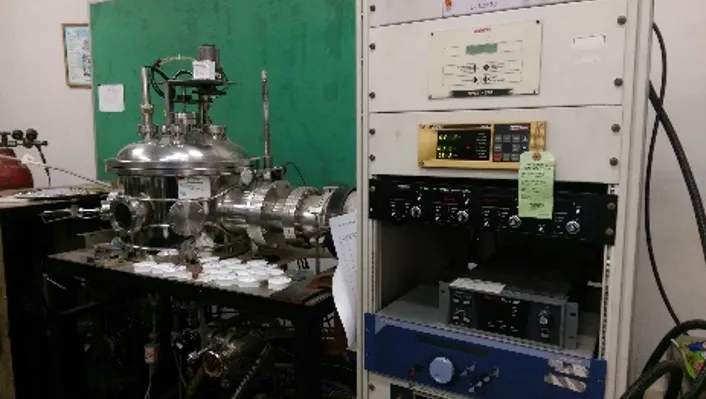 |
| 4 | Vacuum evaporation machine (Evaporation) |
In a vacuum chamber, the material to be evaporated is heated until it vaporizes and sublimates, and the gas is allowed to adhere to the surface of the substrate (the object to be plated) to form a thin film. Evaporated metal film. Grow metal films such as Cu, Al, Ni, Co, Ag, Sn-Ag, CoFeZrB, ZrAlNiCu, etc. | 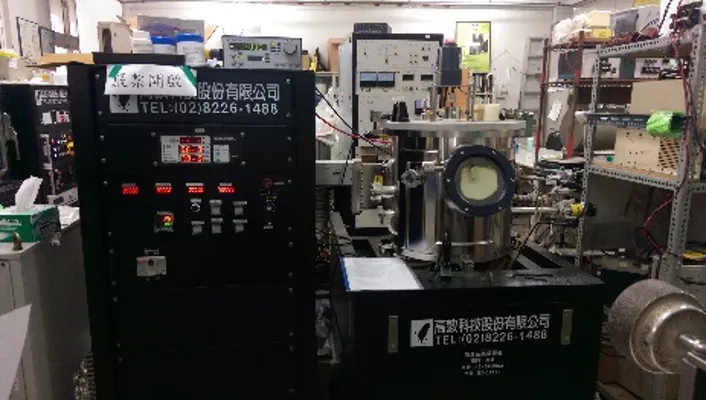 |
| 5 | UV/visible light absorption spectrometer (UV) | This technology uses the principle of electronic transition caused by the interaction between ultraviolet light and visible light and molecules, allowing electrons to transition from a molecular orbital with a lower energy (ground state) to another molecule with a higher energy (excited state). Orbital, record the value of the intensity of absorbed light versus wavelength (λ), which is the absorption spectrum. Measure the absorption rate and penetration rate of the sample. |
 |
| 6 | Longitudinal magneto-optical Cole effect meter | The anisotropic refractive index caused by self-magnetization leads to different phases and absorption of different amplitudes. The measurement of ferromagnetic metal films corresponds to the microscopic crystal axis arrangement and the influence of magnetocrystalline magnetic anisotropy. The process of changing the optical and magnetic signals of the macroscopic view. SRT (spin reorientation transition) phenomenon of magnetic materials. | 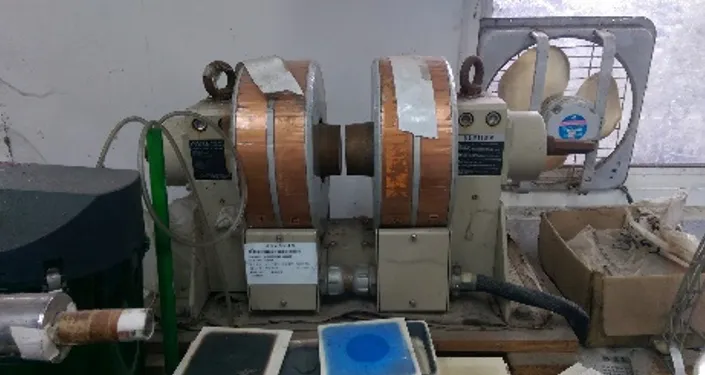 |